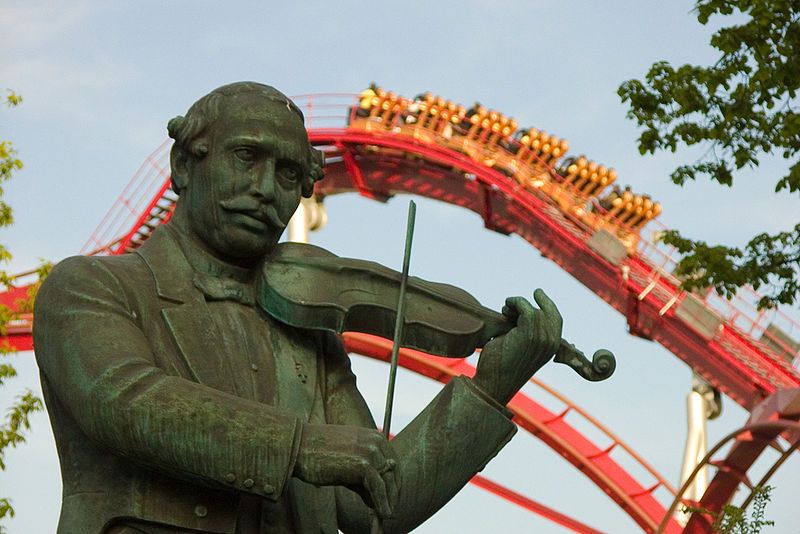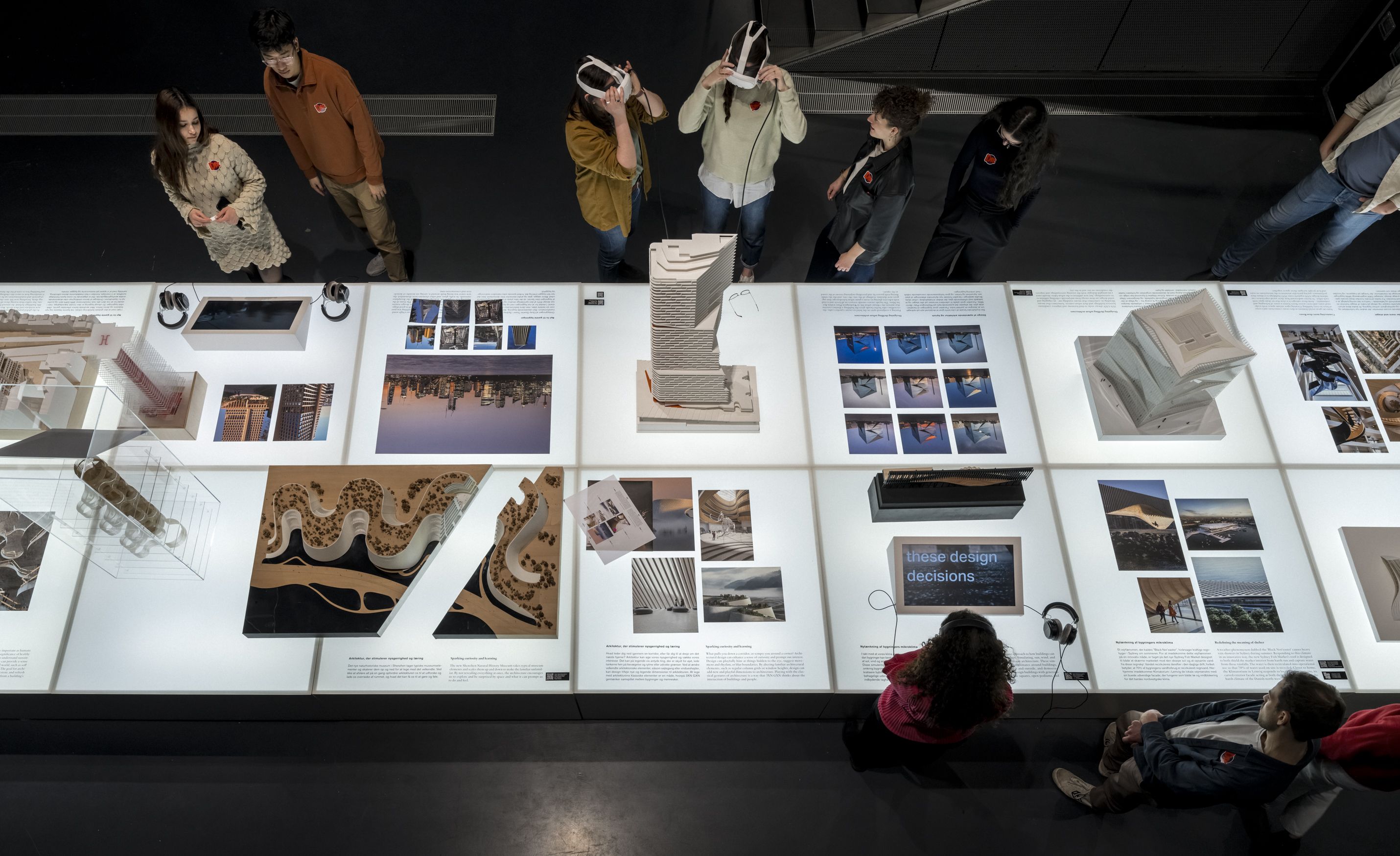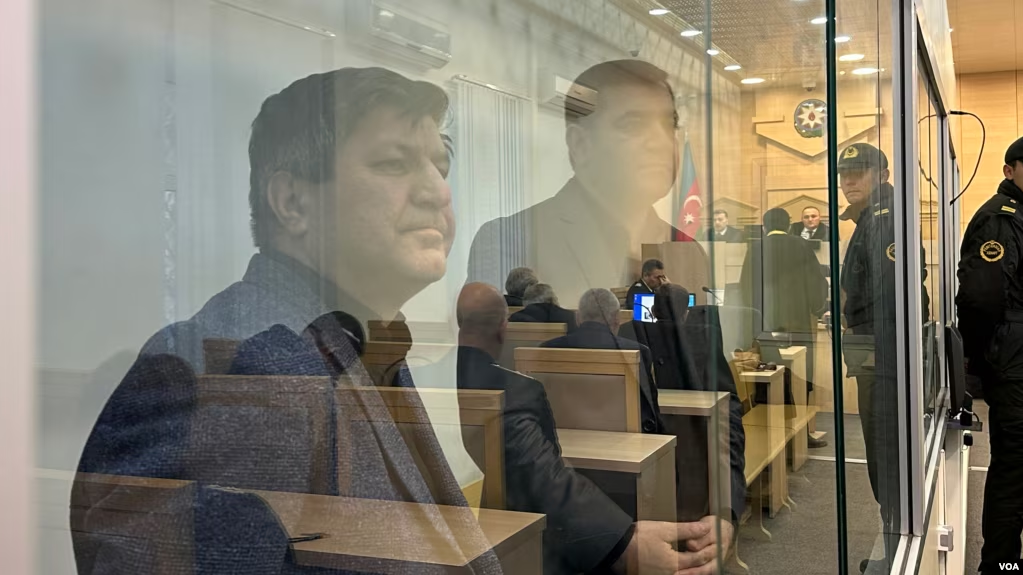If you thought Andersen was the only luminary of Denmark’s Golden Age with the forenames Hans Christian, then think again!
The tunes of Tivoli
Just five years his junior, Hans Christian Lumbye was probably the best known Danish composer of dance music in the 19th century, and his effervescent waltzes, mazurkas and marches can still be heard today.
The best place to hear them is at the bandstands at Tivoli. Every visitor to the famed amusement park has heard Lumbye – whether he or she realises it or not – as Lumbye’s works are probably as popular and as inseparable from Tivoli programs today as when he himself presented them there 160 years ago.
Strauss of the North
Copenhagen-born Lumbye (1810-74) began his career in the 1820s as a violinist and trumpeter. On a visit to Vienna in 1839, he heard orchestras play music by Johann Strauss the Elder and Joseph Lanner – the highly professional generators of the 19th century waltz craze – after which he composed in the style of Strauss, eventually earning the nickname ‘The Strauss of the North’.
From 1843 to 1872, Lumbye served as the music director and in-house composer for Tivoli Gardens, working closely with that remarkable king of entertainment Georg Carstensen, who founded the park in 1843 and signed up Lumbye from the start.
Composing at a galoping rate
Leading his orchestra via his violin, Lumbye and his tuneful dance music were Tivoli’s main draw. Lumbye is best known for his light compositions, many of which evoke non-musical sources.
‘The Champagne Galop,’ for example, begins with the frothy pop of a champagne cork while the ‘Copenhagen Steam Railway Galop’ – composed in 1847 to mark the opening of the Copenhagen-Roskilde railway line – faithfully recreates the sounds of a train chugging out of a station and grinding to a halt at the next stop.
Early works reflect the Tivoli connection with such titles as the ‘Big Dipper Galop’, ‘Tivoli Shooting Gallery Galop’, ‘Tivoli Bazaar Galop’ and ‘Tivoli Steam Merry-go-round Galop’, while later dances were named after leading Copenhagen actresses, personalities and royalty of the period.
Home and abroad
All in all, Lumbye composed about 700 dances during his 30 years at Tivoli – writing around 30 new pieces every summer season in the gardens – and making a major contribution to Denmark’s musical life.
Lumbye and his orchestra also enjoyed immense popularity in the provinces and abroad, where they visited Paris, Vienna, Berlin and St Petersburg, winning tumultuous acclaim playing the composer’s sparkling music to foreign audiences.
Collaborations with Bournonville
Just as attractive and popular was Lumbye’s ballet music, composed in collaboration with the great choreographer August Bournonville, for whom he wrote such classics as Final Galop’ from Napoli, and music for such major Royal Danish Ballet classics as Far from Denmark.
Lumbye managed to write a staggering 25 divertissements for Bournonville, as well as working for Tivoli and writing music for other Copenhagen theatres – notably the now non-existent Casino and Folketeatret (The People’s Theatre).
In high regard
In a more serious vein, Lumbye composed orchestral fantasies, such as Dream Pictures as well as piano music and songs, and introduced symphonies into the Tivoli Orchestra’s repertoire, performing Schubert and Beethoven symphonies in the 1840s – along with the standard diet of galops and polkas, pioneering a tradition that continues today at Tivoli Concert Hall.
Lumbye’s importance to the creation of a broad and popular music culture in 19th century northern Europe cannot be overestimated – an impressive amount of his vast production was published during his lifetime in piano transcription, ensuring his music went out to a wide audience, making his works accessible to people in their private homes.
Altogether around 60 percent of Lumbye’s works were published as piano editions during his lifetime, making him Denmark’s best-known composer of the period internationally. While he died 142 years ago, his music lives on at Tivoli.












